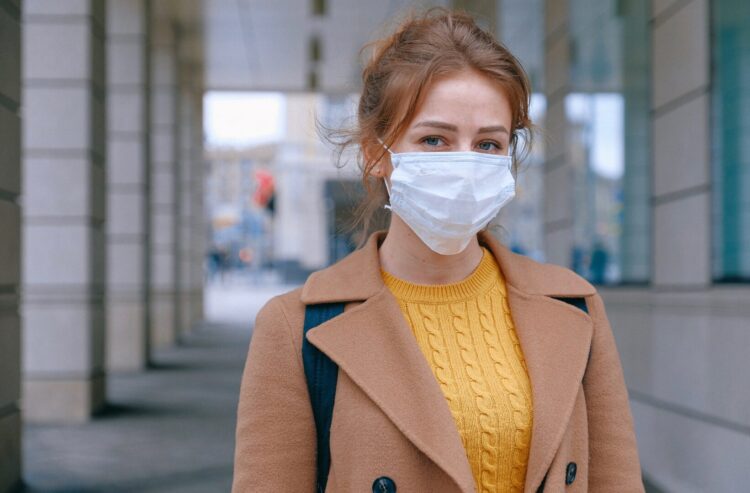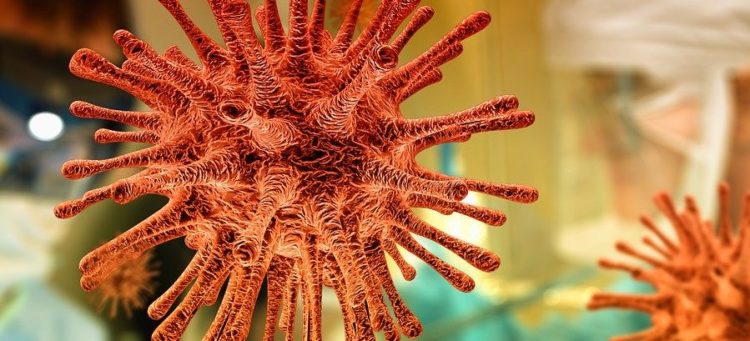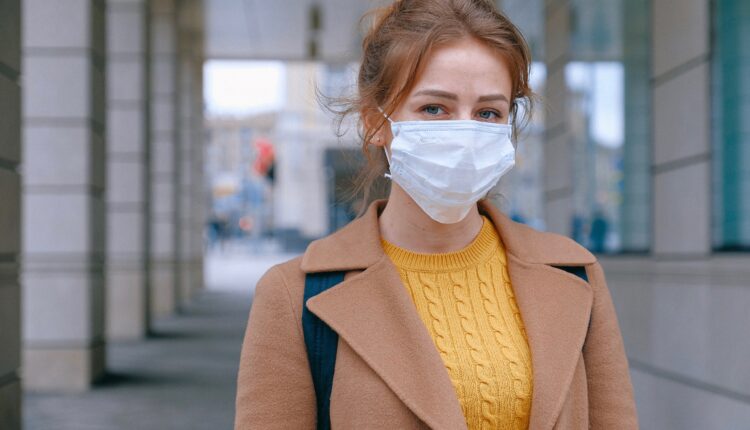Most of us are now familiar with the ‘R’ number which offers an estimation of the rate of transmission for coronavirus – but are we obsessing too much over it? Tony McDonough reports

At the height of the COVID-19 epidemic the Government’s leading science and medical experts introduced, what for most of us, was a whole new concept – the R number.
Unless you were an epidemiologist, virologist or pandemic modeller, it was almost certainly something you had never heard of before. A concept from an obscure corner of science.
Now we’ve all heard of it. And many of us have come to regard it with the kind of reverence usually reserved for something laser-beamed onto stone by the Almighty and carried down from the mountain by Moses.
R, as we all now know, is the estimated reproduction number of a virus. So, if R is 3, as coronavirus was believed to be in March, then we would expect every infected person, on average, to pass it on to three other people.
Once R is below 1, the infection starts to decline. And the message from the Government, particularly through April, was that we must all work together to push that number down.
Consequently, it became an obsession of the public and parts of the media… “what’s the latest R number?”… “Oh my God, I’ve heard its back above one”.
Sounding the klaxon
And so there was one Friday evening in May when an estimate of R in the North West of England was published. It had nudged above 1 to 1.01. No matter that another calculation published the previous evening had put it at 0.7. The higher number was enough for some people to sound the klaxon.
Mersyside and Manchester Metro Mayors, Steve Rotheram and Andy Burnham, swung into action. On the Sunday morning they emerged, as if from the Batcave, to hold an ‘emergency’ press conference.
But there was no emergency. By that point the numbers of COVID infections, hospital admissions and deaths were in decline. There was no local resurgence of the virus.
When scientists are trying to get a handle on an epidemic, what they are looking at isn’t single pieces of data, but a huge jigsaw. Each bit of data provides just one piece of the puzzle. And, with a novel virus such as COVID-19, it’s a puzzle that keeps changing.
Most of us aren’t scientists and we are barely equipped to be able to get our heads around the sheer complexity of an epidemic. The R number gave us something we could understand and focus on. But now we have given it a hyper-focus, we too often overplay its significance.
So now we often hear something like… “A few weeks ago they were telling us the R is really important. Now they are saying it isn’t. What’s going on?”
So what is going on? Why is there less focus on R, now, than there was back in March and April?

Dr Adam Kucharski, a mathematician/epidemiologist and associate professor at the London School of Hygiene and Tropical Medicine (LSHTM) and author of The Rules of Contagion, offers us an explanation.
Joining the DOTS
In a podcast interview with The Guardian he explained how there was no single standardised way to calculate R. It is an average, an approximation. It is why Public Health England might offer one figure, and LSHTM another.
He said there were four main factors that drove the value of R which he has helpfully put into an acronym – DOTS:
- D for duration – the length of time people are infected. The longer they have it the more likely it is they will pass it on to other people.
- O for opportunity – if an infected person has more opportunity to spread the virus then that will lead to more transmission.
- T for transmission probability – two people may be infected but the health worker wearing PPE is less likely to pass it on than the person without any PPE going into a bar.
- S for susceptibility – the fewer people in the population susceptible to the virus, the lower the chance of transmission.
Dr Kurcharski said: “There are two main ways to calculate R. There is the top-level approach which is about how many people one person will pass the virus on to and then how long it take the next person to get it. The ratio of change and the number of new cases over five days will give you an R number.
“The other way is to go out and measure peoples’ social interactions and how those social contacts change. Both methods are used to calculate R in the UK.”
He adds that it is hugely difficult to be able to calculate R in anything like real time as all the data is lagged. Using hospitalisations and number of deaths can be up to three to four weeks old.
“The new cases data in real time is less reliable than hospitalisations and deaths data. So often we are not talking about what is happening now, but what was happening three or four weeks ago,” he explained.
The extra complication, he said, is in assessing which particular control measures had the biggest effect. We know the general lockdown in the UK cut social interactions by 70% to 80%. But all the different measures – schools closing, pubs and restaurants shutting down, workplaces closing – all happened in a short space of time.
The process of coming out of lockdown is more gradual. So, for example, in the coming weeks we will get a more specific picture of how the reopening of bars and restaurants has impacted on infection levels.
Classic problem
So why is R less of a factor now than it was at the height of the epidemic?
Dr Kurcharski refers to what he calls the “classic statistical problem”. He added: “As you get smaller amounts of data the uncertainty becomes greater and you need to become much more careful in your measurements.”

Because the epidemic in the UK has been suppressed by lockdown and case numbers are now much lower than they were in March and April, a relatively small outbreak now will have a disproportionate effect on the R number.
If you have 10,000 infections the R number becomes important but if you have just 10 infections then it doesn’t really help at all. That is the main problem right now with placing too much importance on the R number.
“R is an average value. So if you have a large epidemic it offers you a very useful summary,” said Dr Kucharski. “But if you get down to localised and smaller numbers of infections in different settings (such as care homes or meat packing plants) it is more important to focus on where it has happened and how it has happened.
“We always have to be cautious about placing too much importance on a single value. Outbreaks have many dimensions to them.”

